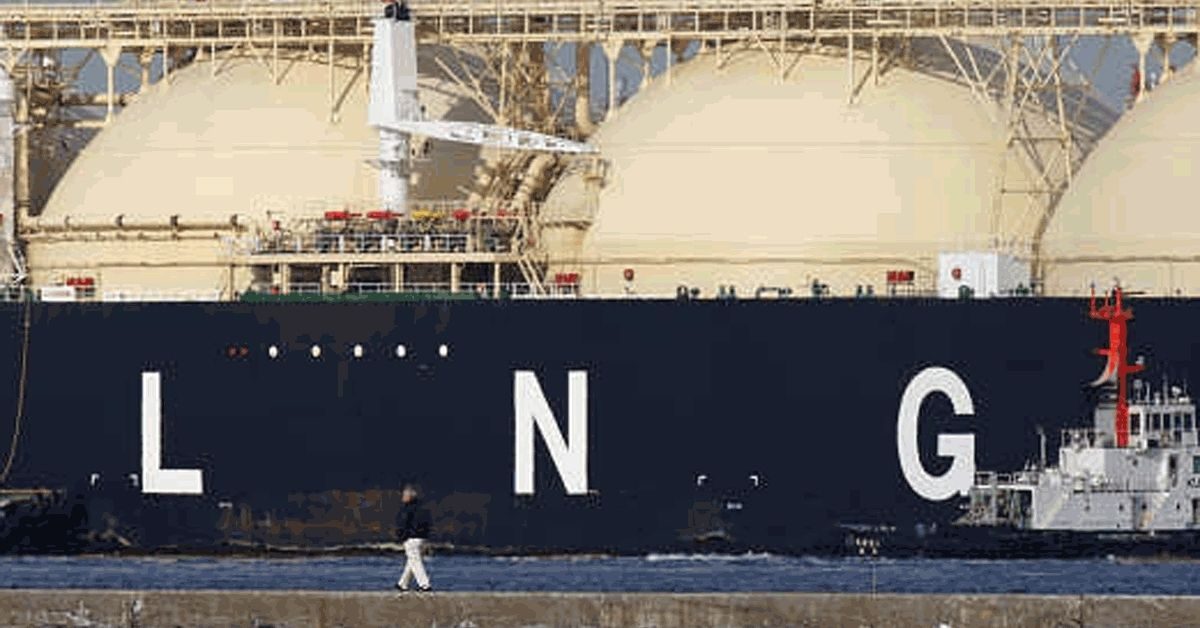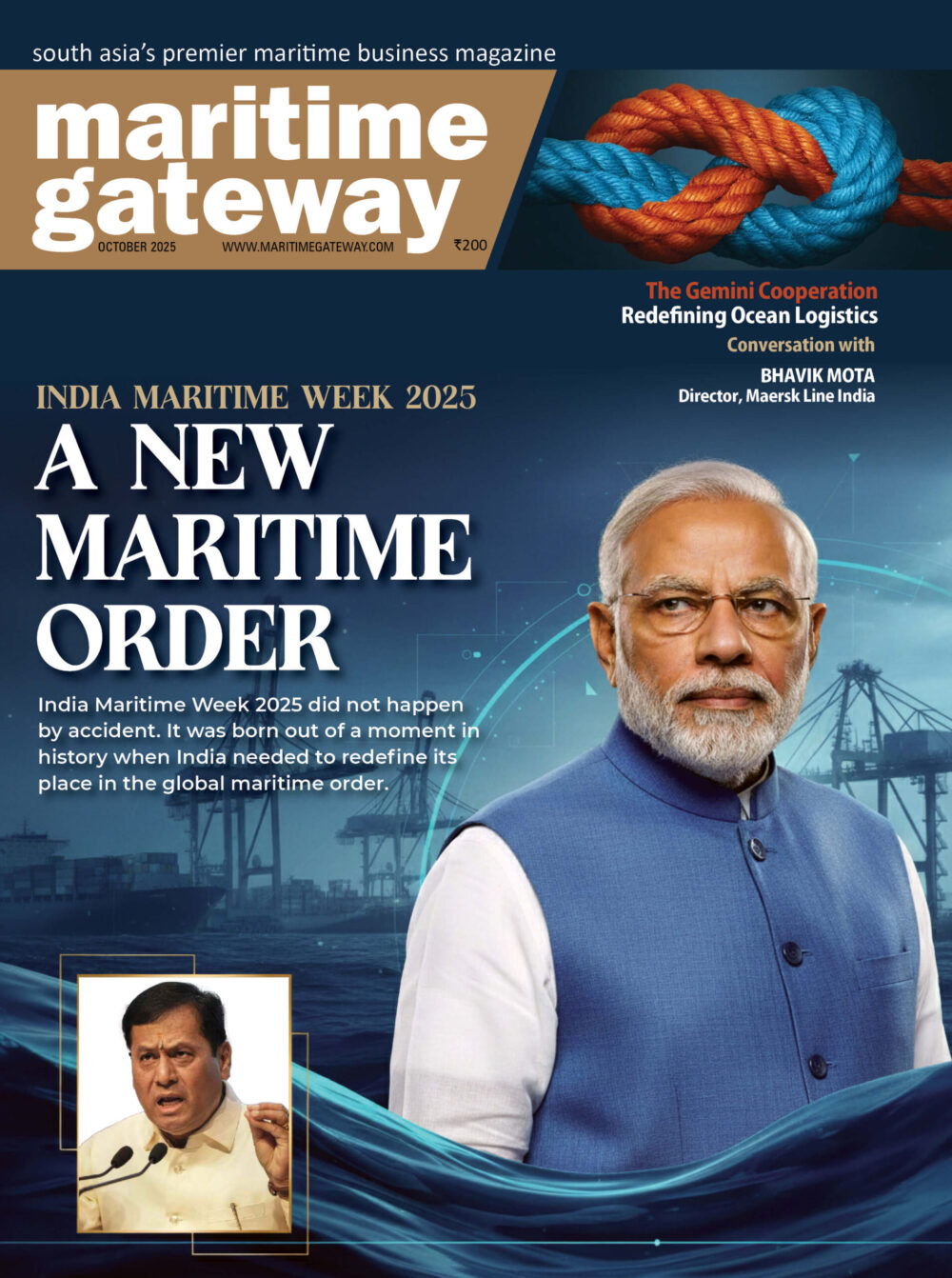Rates for modern 174,000 cu m two-stroke ships have climbed close to $500,000 a day in October, Clarksons said in a market update, and all generations of carriers have set new records. Even thirsty steam-turbine vessels of 145,000 cu m have been fixed at close to quarter of a million dollars, the analyst reported.
The surge in the market has come despite fleet expansion of more than 4% this year likely to outstrip projected tonne-mile demand growth of 1.2%. This is largely due to shorter voyages from the US as vessels previously sailing to Asia have been re-routed to Europe where imports shot up by 62% in September, year on year.
Imports from the US have gone some way to replacing supplies previously piped into Europe from Russia. Now, exports from Freeport LNG, brought to a halt by a fire in June, could resume in November if regulators give the go-ahead.
The Freeport facility could initially start producing at about 85% of its nominal capacity and reach 100% by March, according to reports. The plant usually exports about 15m tonnes of LNG annually.
Now, in the run-up to colder weather in Europe, a growing number of ships are tied up at ports or waiting off at anchorages as import capacity struggles to keep pace with soaring volumes. Clarkson noted 7.5% of fleet capacity tied up in this way in mid-October, up from an average of 4.8% between January and August.
There are also more LNG carriers being used for floating storage. Figures for late-October show 22 vessels deployed in storage duties, the analyst reported. In the longer run, more tonnage could be removed from the trading market as older vessels are converted for floating storage or FSRUs to boost import capacity. Meanwhile, the arbitrage between Henry Hub prices in the US and Europe’s TTF benchmark has narrowed since August but still remains at levels never seen before. And European prices could rise again sharply if mild weather so far across the continent turns to a cold snap.









